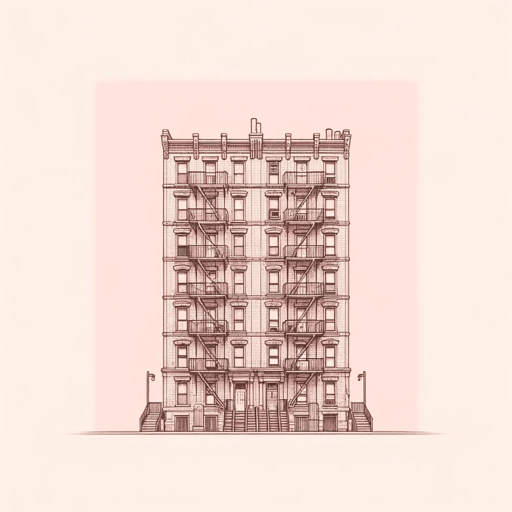47 pages • 1 hour read
Jacob RiisHow the Other Half Lives
Nonfiction | Book | Adult | Published in 1890A modern alternative to SparkNotes and CliffsNotes, SuperSummary offers high-quality Study Guides with detailed chapter summaries and analysis of major themes, characters, and more.
Chapters 20-21Chapter Summaries & Analyses
Chapter 20 Summary and Analysis: “The Working Girls of New York”
New York’s working women and girls face unique obstacles. When they manage to find honorable work—and finding it is no easy task—they often receive starvation wages. One “gentle and refined woman” who descended into “direst poverty” died by suicide “after a vain search for work in a driving storm” (234-35). Approximately 150,000 New-York women and girls “earn their own living,” and many others contribute income to their families (235). In city department stores, Riis finds that salesgirls can be fined for the crime of sitting down or fired for passing out in close spaces with poor ventilation. Elsewhere, competition from tenement-house sweatshops has reduced wages for shirtmakers. The situation is bleak for all clothing manufacturers. In short, “[t]here is scarce a branch of woman’s work outside of the home in which wages, long-since at low-water mark, have not fallen to the actual point of starvation” (240). A photograph (“Sewing and Starving in an Elizabeth Street Attic”) shows two women, one older and the other younger perhaps by 20-30 years, performing this “woman’s work.” In such conditions, Riis asks rhetorically, can anyone blame young women “if their feet find the paths of shame” (241)? Riis concludes, however, on a hopeful note.

